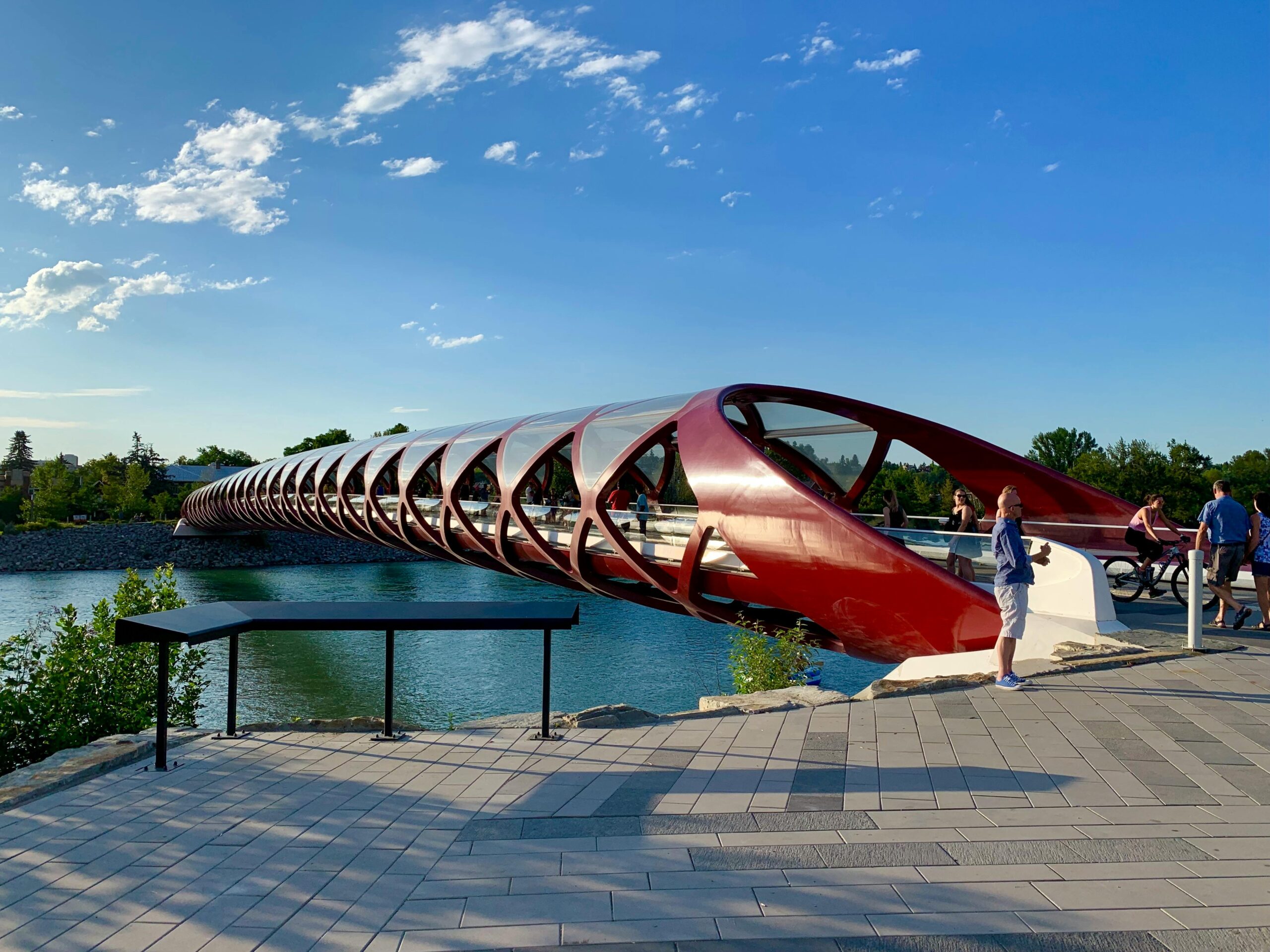City officials have identified five more locations along a critical water feeder main requiring repair, further complicating efforts to restore Calgary’s water supply.
“This is the most dramatic and traumatic break of the feeder main we have ever seen,” said Sue Henry, Chief of the Calgary Emergency Management Agency (CEMA). The water main, which is only halfway through its expected life cycle, has failed in a manner that officials had not anticipated. The newly discovered issues mean that the repair timeline, initially expected to be shorter, will now extend to three to five weeks.
Henry emphasized the urgency of the situation, stating, “Emergency officials in Calgary are making an urgent plea to residents to reduce their water usage tonight.” With half of the city’s water supply affected, the pressure on the remaining water resources has intensified.
The discovery of additional hot spots was made possible by robots sent into the pipe for inspection. “At least we can do this while there’s no water in the pipe and we were doing repair work anyway,” Mayor Gondek noted. She acknowledged the difficulty of the extended timeline but assured that every effort is being made to expedite the repairs. “We are trying to bring on as many contractors as we can to do all of the repairs concurrently.”
Mayor Gondek addressed questions about why a state of local emergency had not been declared, which would unlock provincial and federal support. “A state of local emergency gets called when we need specific things,” she explained, such as access to private property or bypassing usual procurement processes. Currently, the city can manage without declaring an emergency. However, Gondek is in close contact with the provincial government and confident that they are ready to assist if necessary.
The possibility of running out of water was a key concern raised during the press conference. Mayor Gondek stressed the importance of continued water conservation efforts by all residents. “If people don’t save water and if people don’t keep conserving water the way they have, it’s absolutely possible that we could run out of water,” she warned. The city’s secondary treatment facility is working at full capacity, but it is smaller than the one that is currently offline.
In response to a question about contingency plans, Gondek mentioned that while indoor water restrictions would be difficult to enforce, the city might resort to them if necessary. “We are doing this public education campaign and appealing to the goodness in all Calgarians to make sure that we are able to do this without restrictions,” she said. However, the outdoor restrictions, already in place for over a week, need to be taken seriously.
The upcoming Calgary Stampede and other summer events could be affected by the water restrictions. “Officials from Stampede are partners with the Calgary Emergency Management Agency and they were in the building getting briefed earlier,” Gondek confirmed. The city will work closely with event organizers to ensure compliance with water conservation measures while allowing events to proceed.
The repair timeline remains a best estimate, with Gondek hopeful that the necessary contractors and crews can be mobilized quickly. The city continues to monitor the integrity of the remaining sections of the pipe using advanced technology, including acoustic sensors, to detect any potential issues early.

